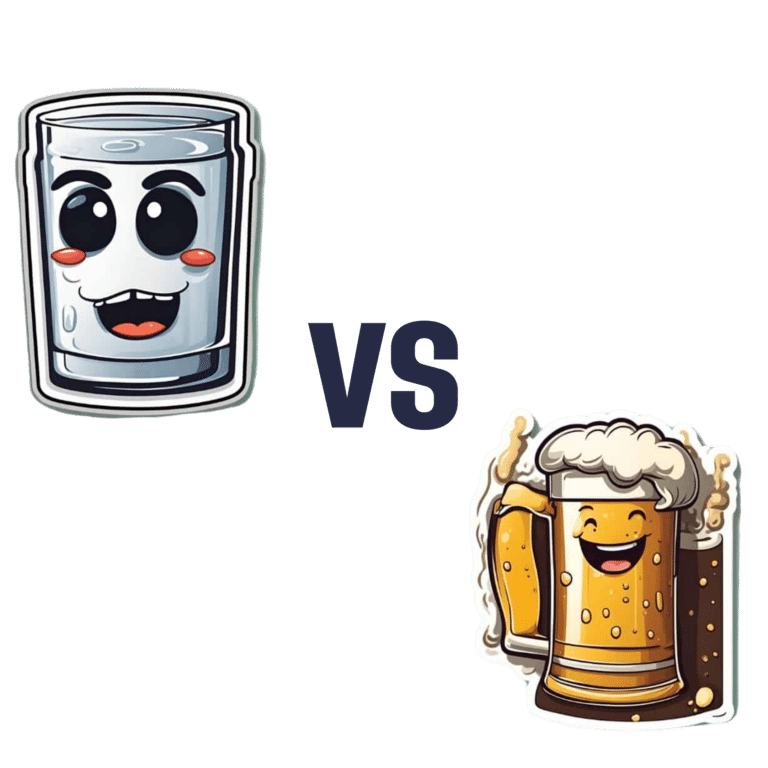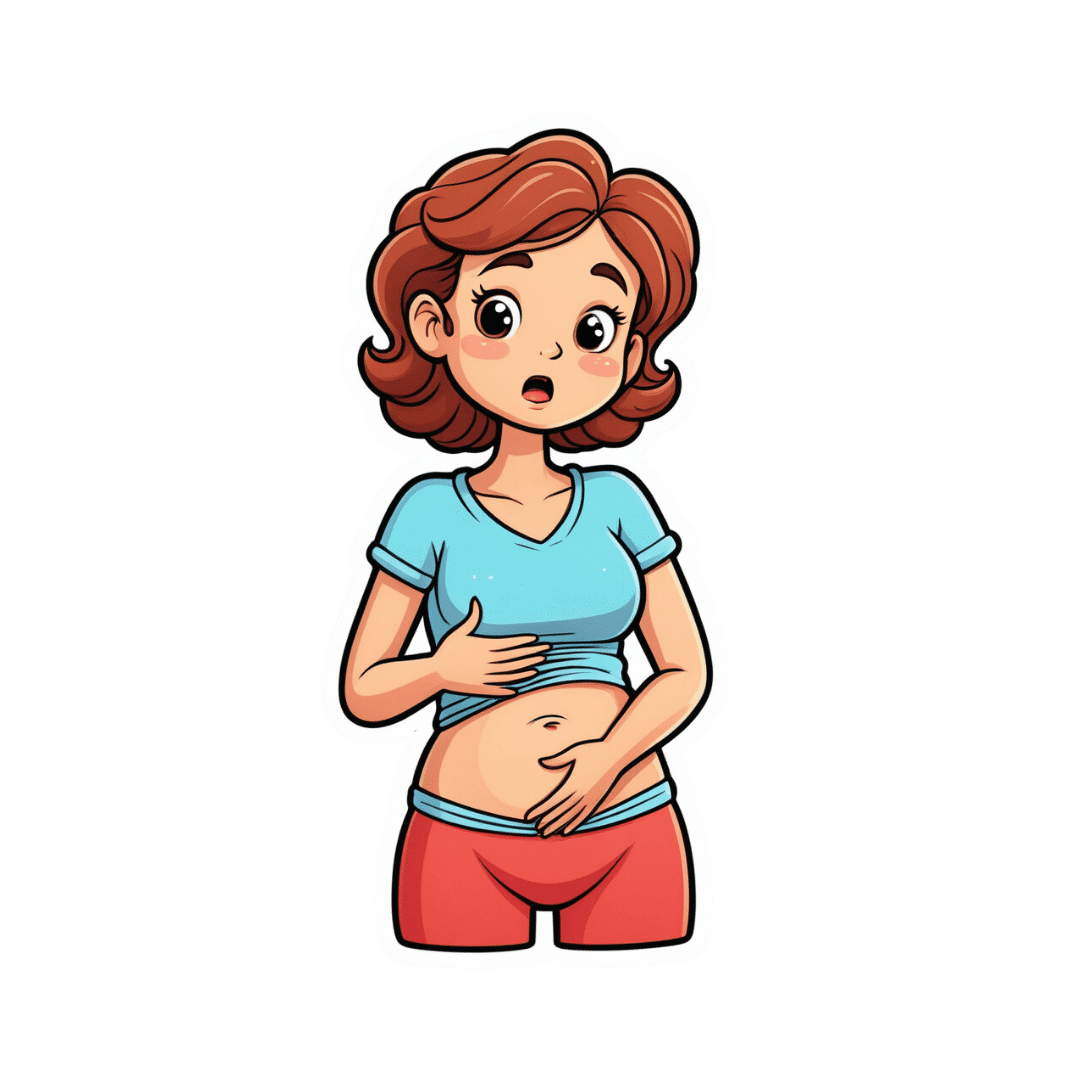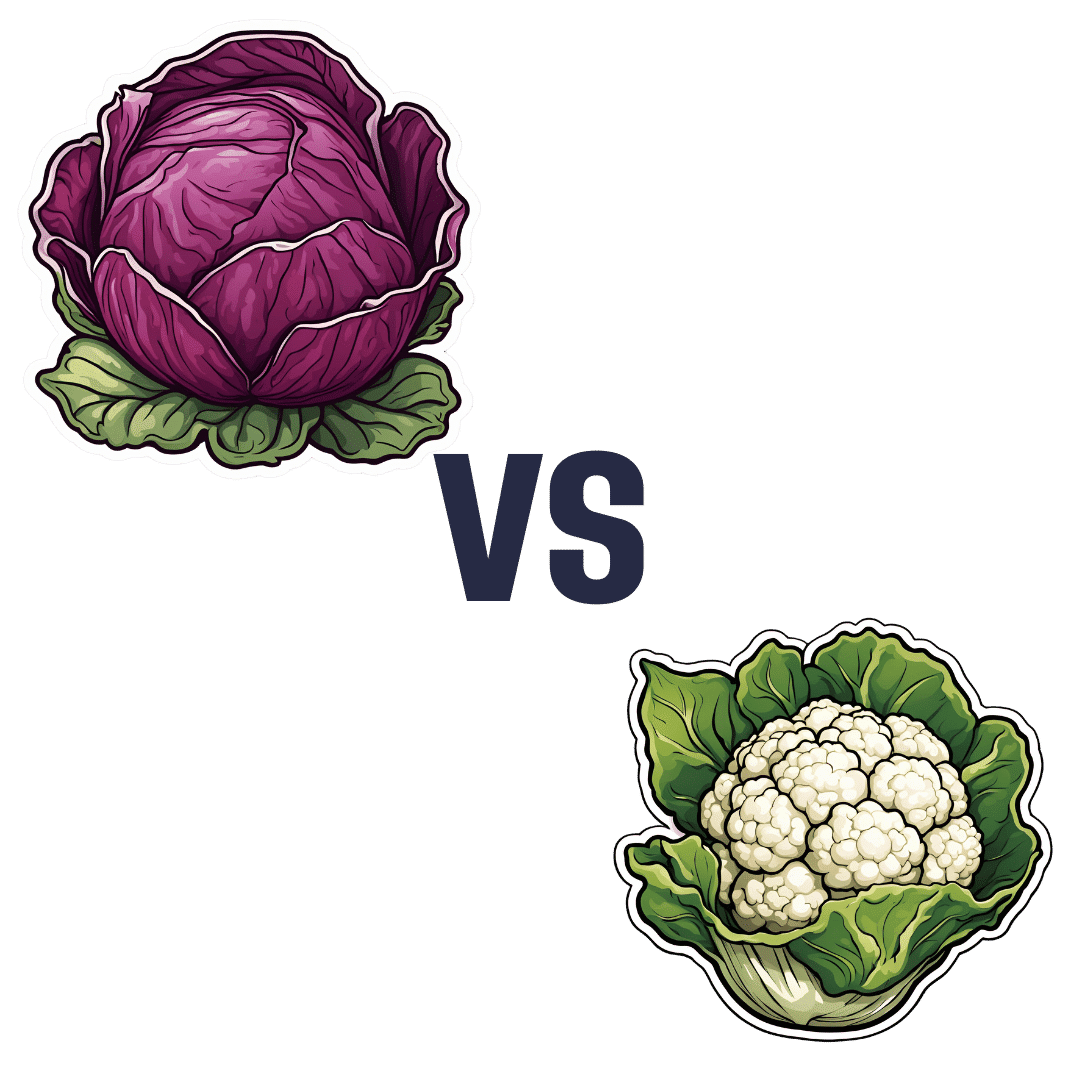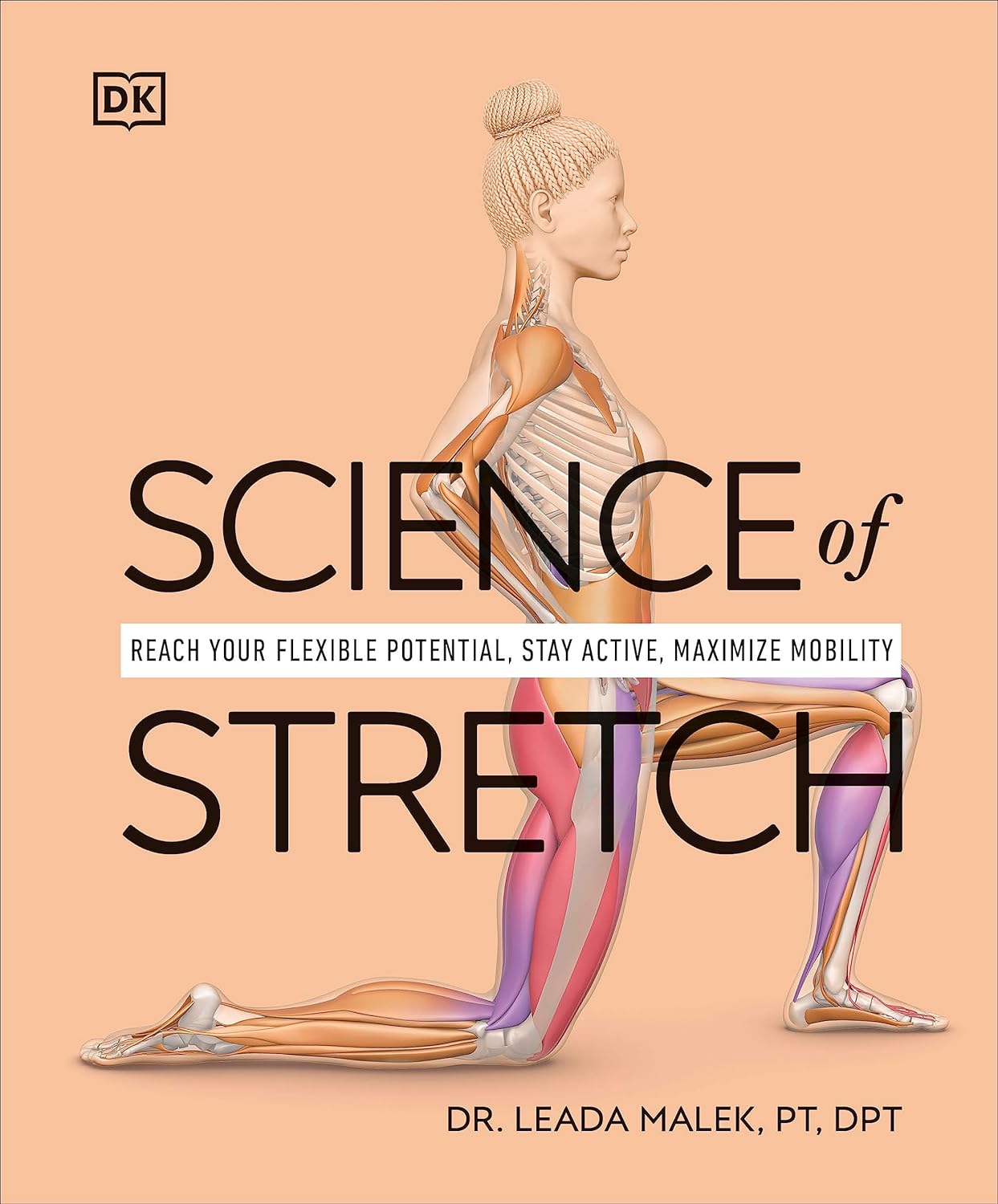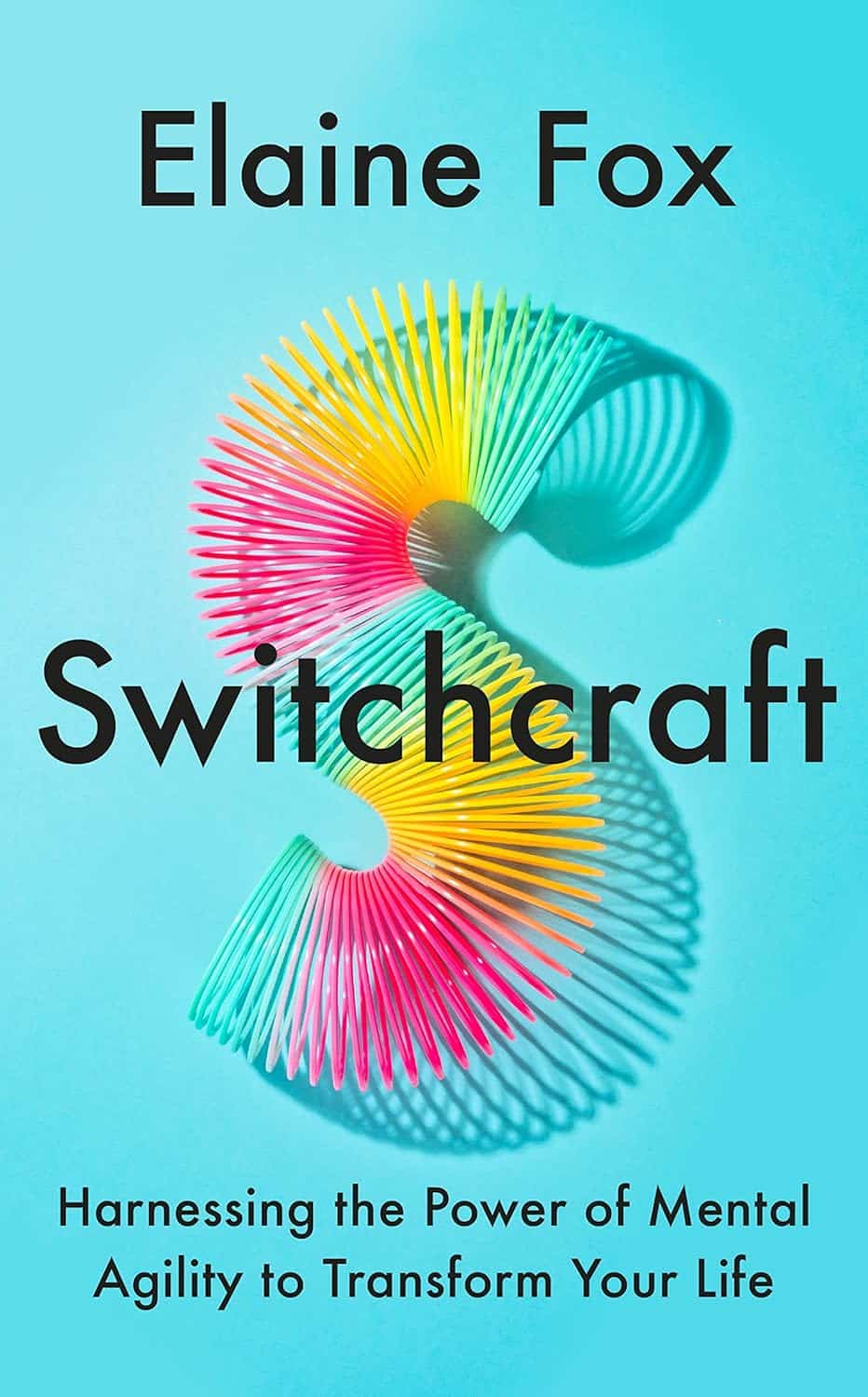
Apples vs Dates – Which is Healthier?
10almonds is reader-supported. We may, at no cost to you, receive a portion of sales if you purchase a product through a link in this article.
Our Verdict
When comparing apples to dates, we picked the dates.
Why?
Both have their strengths, but ultimatley, it wasn’t close:
In terms of macros, dates have more fiber and carbs, for an approximately equal glycemic index. Thus, we say dates win this category as the more nutritionally dense option.
In the category of vitamins, apples have more of vitamins A, C, and E, while dates have more of vitamins B1, B2, B3, B5, B6, B7, B9, K, and choline. A clear win for dates.
When it comes to minerals, it’s even more one-sided: apples are not richer in any minerals, while dates have a lot more calcium, copper, iron, magnesium, manganese, phosphorus, potassium, selenium, and zinc. An overwhelming win for dates.
Of course, enjoy either or both (diversity is good), but if you want the most nutrients per bite, it’s dates.
Want to learn more?
You might like to read:
From Apples to Bees, and High-Fructose Cs: Which Sugars Are Healthier, And Which Are Just The Same?
Enjoy!
Don’t Forget…
Did you arrive here from our newsletter? Don’t forget to return to the email to continue learning!
Recommended
Learn to Age Gracefully
Join the 98k+ American women taking control of their health & aging with our 100% free (and fun!) daily emails:
-
How to Read a Book – by Mortimer J. Adler and Charles Van Doren
10almonds is reader-supported. We may, at no cost to you, receive a portion of sales if you purchase a product through a link in this article.
Are you a cover-to-cover person, or a dip-in-and-out person?
Mortimer Adler and Charles van Doren have made a science out of getting the most from reading books.
They help you find what you’re looking for (Maybe you want to find a better understanding of PCOS… maybe you want to find the definition of “heuristics”… maybe you want to find a new business strategy… maybe you want to find a romantic escape… maybe you want to find a deeper appreciation of 19th century poetry, maybe you want to find… etc).
They then help you retain what you read, and make sure that you don’t miss a trick.
Whether you read books so often that optimizing this is of huge value for you, or so rarely that when you do, you want to make it count, this book could make a real difference to your reading experience forever after.
Share This Post
-
Genital herpes is on the rise. Here’s what to know about this common infection
10almonds is reader-supported. We may, at no cost to you, receive a portion of sales if you purchase a product through a link in this article.
The World Health Organization (WHO) recently released new estimates suggesting around 846 million people aged between 15 and 49 live with a genital herpes infection.
That’s equivalent to one in every five people from that age group.
At least one person each second (42 million people annually) contracts a new genital herpes infection.
So what is genital herpes, and are cases on the rise? Here’s what to know about this common infection.
Peakstock/Shutterstock First, what causes genital herpes?
Genital herpes is a sexually transmitted infection (STI) caused by the herpes simplex virus, which also causes cold sores.
There are two types of herpes simplex virus, HSV-1 and HSV-2 (and it’s possible to be infected by both at the same time).
HSV-1 most commonly spreads through oral contact such as kissing or sharing infected objects such as lip balm, cups or utensils, and presents as cold sores (or oral herpes) around the mouth. But it can also be sexually transmitted to cause a genital herpes infection.
An estimated 3.8 billion people under the age of 50 (64%) globally have HSV-1.
HSV-2 is less prevalent, but almost always causes a genital herpes infection. Some 520 million people aged 15–49 (13%) worldwide are believed to have HSV-2.
The initial episode of genital herpes can be quite painful, with blisters, ulcers and peeling skin around the genitals over 7–10 days.
Not all people have severe (or any) initial symptoms. This means a person might not know they have been infected with a herpes virus.
Herpes is a lifelong infection, which means once you contract the virus, you have it forever. After an initial episode, subsequent episodes can occur, but are usually less painful or even symptom free.
Both oral and genital herpes are particularly easy to spread when you have active lesions (cold sores or genital ulcers). But even with no symptoms, herpes can still be spread to a partner.
And although relatively rare, oral herpes can be transmitted to the genital area, and genital herpes can be transmitted to the mouth through oral sex.
If an expectant mother exhibits a genital herpes infection close to childbirth, there are risks to the baby. A herpes infection can be very serious in a baby, and the younger the infant, the more vulnerable they are. This is also one reason why you should avoid kissing a baby on the mouth.
Changing trends
WHO’s recent figures brought together data from around the world to estimate the prevalence of genital herpes in 2020, compared with previous estimates in 2012 and 2016.
This data shows no significant difference in the prevalence of genital herpes caused by HSV-2 since 2016, but does highlight increases in genital herpes infections caused by HSV-1.
The estimated number of genital HSV-1 infections globally was nearly twice as high in 2020 compared with 2016 (376 million compared with 192 million).
A 2022 study looking at Australia, New Zealand and Canada found more than 60% of genital herpes infections are still caused by HSV-2. But this is declining by about 2% each year while new genital infections that result from HSV-1 are rising.
Genital herpes can be quite painful, presenting as sores and lesions that in severe cases, may take up to a month to fully heal. Christian Moro There’s no simple fix, but safe sex is important
Genital herpes causes a substantial disease burden and economic cost to health-care services.
With such a large proportion of the world’s population infected with HSV-1, evidence this virus is increasingly causing genital herpes is concerning.
There’s no cure for genital herpes, but some medications, such as antivirals, can help reduce the amount of virus present in the system. While this won’t kill it completely, it helps to prevent symptomatic genital herpes recurrences, improve quality of life, and minimise the risk of transmission.
To prevent the spread of genital herpes and other STIs, practise safe sex, particularly if you’re not sure of your partner’s sexual health. You need to use a barrier method such as condoms to protect against STIs (a contraceptive such as the pill won’t work). This includes during oral sex.
As herpes is now so common, testing is not usually included as part of a regular sexual health check-up, except for in specific circumstances such as during pregnancy or severe episodes.
So it’s wise not to let your guard down, even if your partner insists they have received the all-clear from a recent check-up.
If there are herpes lesions present around the genitals, avoid sex entirely. Even condoms are not fully effective at these times, as exposed areas can still transmit the infection.
Practising safe sex can help prevent the spread of herpes. cottonbro studio/Pexels Immune health
If you are infected with HSV-1 or HSV-2 it’s more likely symptoms will appear when you’re stressed, tired or overwhelmed. During these times, our immune system may not be as functional, and dormant viruses such as herpes can start to develop quickly in our bodies.
To reduce the risk of recurrent herpes infections, try to eat healthily, get at least seven hours of sleep each night if possible, and look out for when your body may be telling you to take a step back and relax. This self-care can go a long way towards keeping latent viruses at bay.
While the prevalence has increased significantly in recent years, we have not lost the war on genital herpes just yet. Safe sexual practices, education and awareness can help reduce its spread, and the stigma around it.
If you have personal concerns, you should discuss them with a medical professional.
Christian Moro, Associate Professor of Science & Medicine, Bond University and Charlotte Phelps, Senior Teaching Fellow in Medicine, Bond University
This article is republished from The Conversation under a Creative Commons license. Read the original article.
Share This Post
-
When And Why Do We Pick Up Our Phones?
10almonds is reader-supported. We may, at no cost to you, receive a portion of sales if you purchase a product through a link in this article.
The School of Life’s Alain de Botton makes the argument that—if we pay attention, if we keep track—there’s an understory to why we pick up our phones:
It’s not about information
Yes, our phones (or rather, the apps therein) are designed to addict us, to draw us back, to keep us scrolling and never let us go. We indeed seek out information like our ancestors once sought out berries; searching, encouraged by a small discovery, looking for more. The neurochemistry is similar.
But when we look at the “when” of picking up our phones, de Botton says, it tells a different story:
We pick them up not to find out what’s going on with the world, but rather specifically to not find out what’s going with ourselves. We pick them up to white out some anxiety we don’t want to examine, a line of thought we don’t want to go down, memories we don’t want to consider, futures we do not want to have to worry about.
And of course, phones do have a great educational potential, are an immensely powerful tool for accessing knowledge of many kinds—if only we can remain truly conscious while using them, and not take them as the new “opiate of the masses”.
De Botton bids us, when next we pick up our phone. ask a brave question:
“If I weren’t allowed to consult my phone right now, what might I need to think about?”
As for where from there? There’s more in the video:
Click Here If The Embedded Video Doesn’t Load Automatically!
Further reading
Making Social Media Work For Your Mental Health
Take care!
Share This Post
Related Posts
-
Red Cabbage vs Cauliflower – Which is Healthier?
10almonds is reader-supported. We may, at no cost to you, receive a portion of sales if you purchase a product through a link in this article.
Our Verdict
When comparing red cabbage to cauliflower, we picked the cabbage.
Why?
In terms of macros, there’s no meaningful difference between them; they’re both mostly water with just enough fiber to hold them together, a small amount of carbs, and an even more trivial amount of protein. So, a tie on macros.
Looking at the vitamins, red cabbage has more of vitamins A, B1, B2, B6, C, E, and K, while cauliflower has more of vitamins B3, B5, B9, and choline. So, a 7:4 win for red cabbage.
In the category of minerals, red cabbage has more calcium, manganese, and iron, while cauliflower has more copper, phosphorus, and potassium. The margins of difference are comparable too, thus, a 3:3 tie on minerals.
It’s always worth taking a look at polyphenols for plants like these, but in this case, once again, there’s not much to set one above the other. However, it’s good to note also that despite them both being Brassica oleracea (same species, different cultivar), there isn’t much overlap in their polyphenol content, meaning they complement each other very well. In particular, red cabbage is a source of luteolin and quercetin, while cauliflower is a source of gallic acid and caffeic acid, for example.
Adding up the three ties and the one win for red cabbage, gives the cabbage the victory today—but do enjoy either or both; diversity is good!
Want to learn more?
You might like to read:
21 Most Beneficial Polyphenols & What Foods Have Them
Enjoy!
Don’t Forget…
Did you arrive here from our newsletter? Don’t forget to return to the email to continue learning!
Learn to Age Gracefully
Join the 98k+ American women taking control of their health & aging with our 100% free (and fun!) daily emails:
-
Science of Stretch – by Dr. Leada Malek
10almonds is reader-supported. We may, at no cost to you, receive a portion of sales if you purchase a product through a link in this article.
This book is part of a “Science of…” series, of which we’ve reviewed some others before (Yoga | HIIT | Pilates), and needless to say, we like them.
You may be wondering: is this just that thing where a brand releases the same content under multiple names to get more sales, and no, it’s not (long-time 10almonds readers will know: if it were, we’d say so!).
While flexibility and mobility are indeed key benefits in yoga and Pilates, they looked into the science of what was going on in yoga asanas and Pilates exercises, stretchy or otherwise, so the stretching element was not nearly so deep as in this book.
In this one, Dr. Malek takes us on a wonderful tour of (relevant) human anatomy and physiology, far deeper than most pop-science books go into when it comes to stretching, so that the reader can really understand every aspect of what’s going on in there.
This is important, because it means busting a lot of myths (instead of busting tendons and ligaments and things), understanding why certain things work and (critically!) why certain things don’t, how certain stretching practices will sabotage our progress, things like that.
It’s also beautifully clearly illustrated! The cover art is a fair representation of the illustrations inside.
Bottom line: if you want to get serious about stretching, this is a top-tier book and you won’t regret it.
Click here to check out Science of Stretching, and learn what you can do and how!
Don’t Forget…
Did you arrive here from our newsletter? Don’t forget to return to the email to continue learning!
Learn to Age Gracefully
Join the 98k+ American women taking control of their health & aging with our 100% free (and fun!) daily emails:
-
Switchcraft – by Dr. Elaine Fox
10almonds is reader-supported. We may, at no cost to you, receive a portion of sales if you purchase a product through a link in this article.
How do we successfully balance “a mind is like a parachute: it only works if it’s open”, with the importance of also actually having some kind of personal integrity and consistency?
Dr. Fox recommends that we focus on four key attributes:
- Mental agility
- Self-awareness
- Emotional awareness
- Situational awareness
If this sounds a little wishy-washy, it isn’t—she delineates and explains each in detail. And most importantly: how we can build and train each one.
Mental agility, for example, is not about being able to rapidly solve chess problems or “answer these riddles three”. It’s more about:
- Adaptability
- Balancing our life
- Challenging (and if appropriate, changing) our perspective
- Developing our mental competence
This sort of thing is the “meat” of the book. Meanwhile, self-awareness is more a foundational conscious knowledge of one’s own “pole star” values, while emotional awareness is a matter of identifying and understanding and accepting what we feel—anything less is self-sabotage! And situational awareness is perhaps most interesting:
Dr. Fox advocates for “trusting one’s gut feelings”. With a big caveat, though!
If we trust our gut feelings without developing their accuracy, we’re just going to go about being blindly prejudiced and often wrong. So, a whole section of the book is devoted to honing this and improving our ability to judge things as they really are—rather than as we expect.
Bottom line: this book is a great tool for not only challenging our preconceptions about how we think, but giving us the resources to be adaptable and resilient without sacrificing integrity.
Click here to check out Switchcraft on Amazon and level up your thinking!
Don’t Forget…
Did you arrive here from our newsletter? Don’t forget to return to the email to continue learning!
Learn to Age Gracefully
Join the 98k+ American women taking control of their health & aging with our 100% free (and fun!) daily emails:

